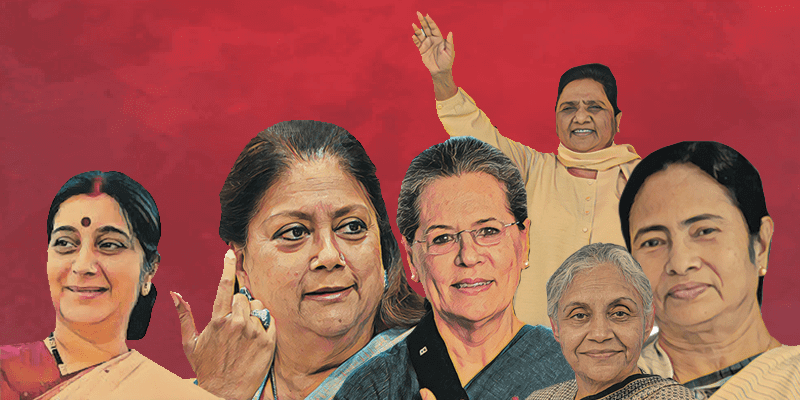This article was first published in the print edition of Manushi Journal. (Issue-97, Nov-Dec 1996)
The law to reserve one-third of the total number of seats for women was implemented at the panchayat and zilla parishad level in all the states of India without any opposition from any political quarter whatsoever. Ramakrishna Hegde’s government in Karnataka started this process in 1983 before the central legislation mandating representation for women was passed. It provided for 25 percent reservation for women at village panchayat levels. This was before any powerful women’s lobby emerged in Karnataka to press for this move and before there was any popular groundswell of opinion in favour of women’s reservation. In the mid 1980s, the Shetkari Sangathana of Maharashtra, led by Sharad Joshi, pioneered the move to field all-women panels for panchayat elections in that state and subsequently focused on getting women elected to zilla parishads in as many constituencies as possible, with men of the Sangathana playing a supportive role. However, the Bill introduced in the Parliament in Septemeber 1996 to reserve one-third of the seats in Parliament and state legislatures has evoked a good deal of resistance and opposition. This despite the fact that all our major national parties — the Congress, the BJP, the Janata Dal, and even the two Communist parties have committed themselves to reserving 33 percent of the seats in legislatures for women by including this promise in their respective election manifestos…






